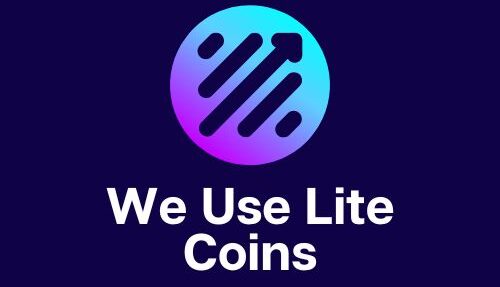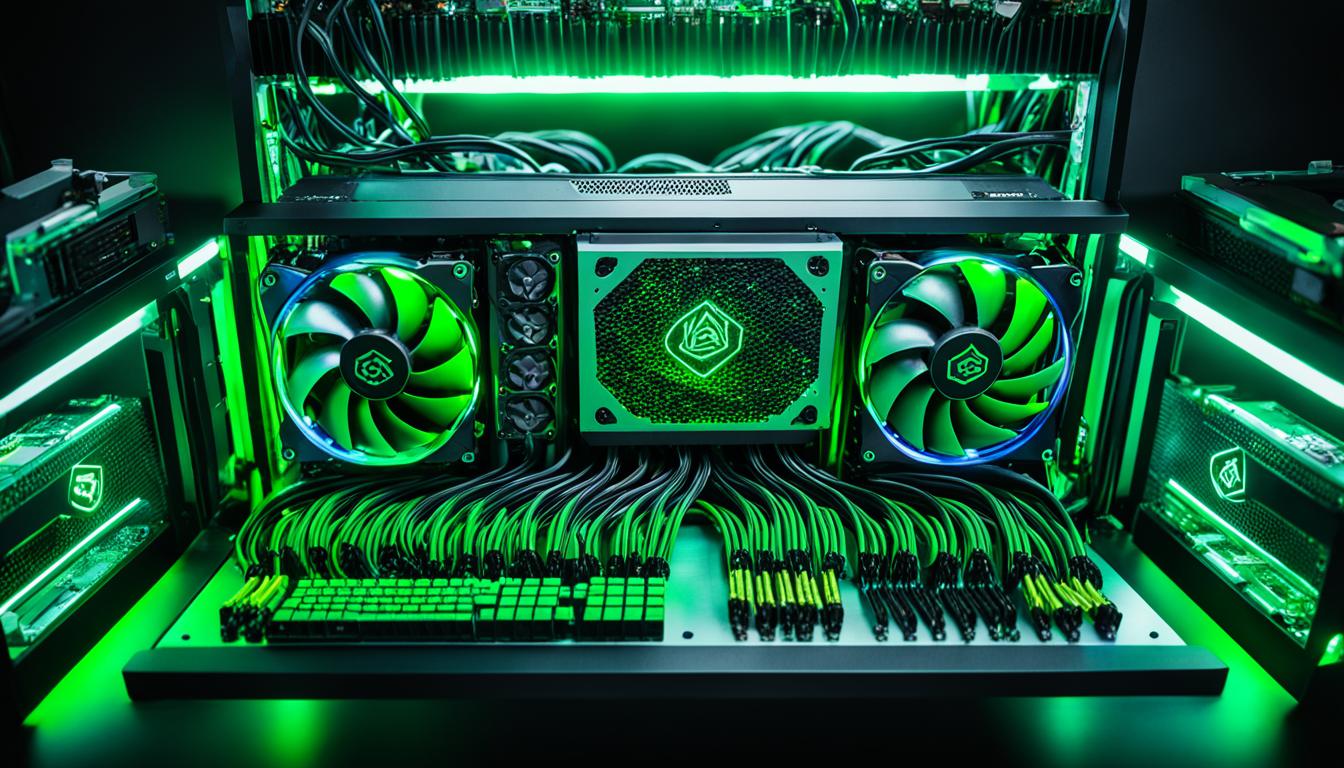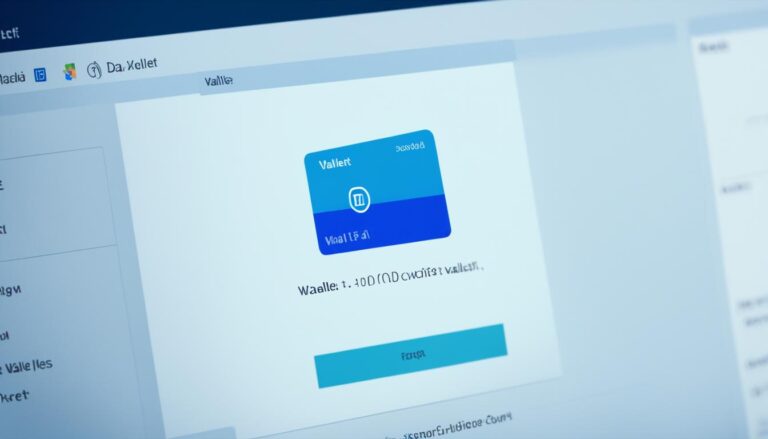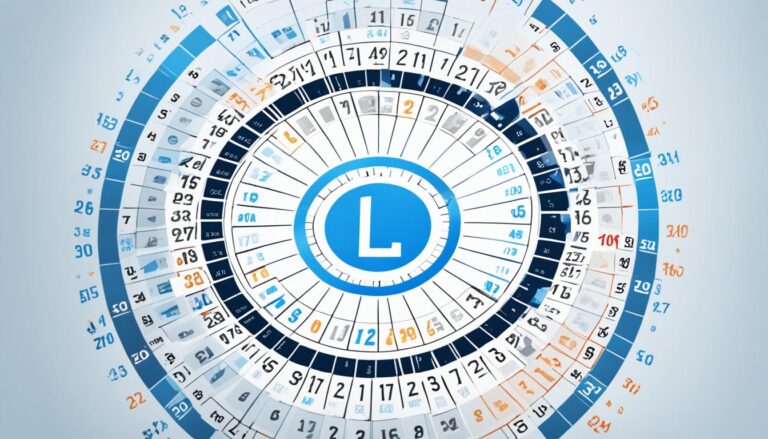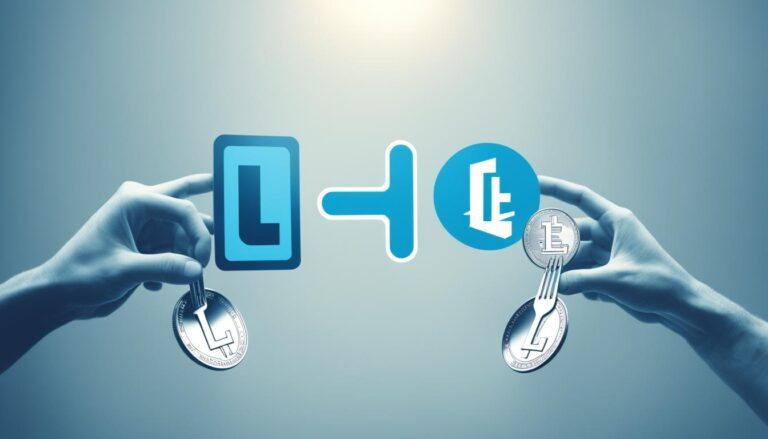Your Guide to Mine Lite Coin Efficiently
Have you ever wondered how to mine Lite Coin and maximize your mining efforts? Whether you’re a seasoned miner or a newcomer to the world of cryptocurrency, understanding the process and strategies for mining Lite Coin can greatly impact your success. But where do you start?
As Lite Coin’s popularity continues to rise, so does the competition among miners. With specialized hardware and software, it’s crucial to stay informed and employ efficient techniques to optimize your mining efforts.
In this comprehensive guide, we will dive into the intricacies of Lite Coin mining, explore different mining methods, and provide valuable tips to help you mine Lite Coin more efficiently. Are you ready to unlock the potential of Lite Coin mining and maximize your profits? Let’s get started!
Whether you’re a beginner or an experienced miner, this guide will equip you with the knowledge and resources you need to mine Lite Coin efficiently. From understanding the fundamentals of Lite Coin mining to exploring different mining methods, we’ll cover it all. Get ready to embark on your mining journey and take advantage of the lucrative opportunities Lite Coin has to offer.
Understanding Litecoin Mining
Like many cryptocurrencies, Litecoin employs a Proof of Work (PoW) consensus mechanism. Miners utilize their computational prowess to identify a specific hash value that aligns with set criteria. The first to crack the puzzle earns the privilege to append a new block of transactions to the blockchain.
For Litecoin mining, specialized hardware like ASICs (Application-Specific Integrated Circuits) is essential. These devices are tailored to tackle these puzzles efficiently. Additionally, miners need software that bridges their hardware with the Litecoin network.
If you’re new to Litecoin mining, it’s important to understand the basics of the Proof of Work mechanism. In this process, miners compete to solve mathematical puzzles and validate transactions on the Litecoin blockchain. The miner who successfully solves the puzzle first is rewarded with newly created Litecoins and transaction fees.

These puzzles, called hash functions, require significant computational power to solve. That’s why specialized hardware like ASICs is used for Litecoin mining. ASICs are designed specifically for mining cryptocurrencies and provide optimal performance and efficiency. These powerful devices ensure that miners have the necessary computational power to quickly solve the hash functions and earn rewards.
Moreover, to connect their hardware with the Litecoin network, miners need software. This software acts as a bridge, facilitating communication between the mining hardware and the Litecoin blockchain. It allows miners to send and receive data related to the mining process, such as hash computations and transaction validations.
In summary, understanding Litecoin mining involves grasping the concept of Proof of Work, utilizing specialized hardware like ASICs, and employing software to connect your mining equipment with the Litecoin network.
This combination of hardware and software provides miners with the necessary tools to participate in the verification and validation of Litecoin transactions, ultimately earning rewards in the process.
Methods of Litecoin Mining
Mining Litecoin requires the right tools and strategy to maximize your profits. Whether you choose to mine solo, join a mining pool, or explore cloud mining, it’s crucial to consider the associated costs, potential returns, and tips for success.
Solo Mining
Solo mining involves mining Litecoin independently, without joining a mining pool. While this approach offers complete control over the mining process, it requires substantial computational resources and may result in sporadic rewards.
To successfully mine solo, you need to solve complex mathematical puzzles to add new blocks to the Litecoin blockchain. If you succeed, you’ll receive the full block reward, including newly minted Litecoins and transaction fees, directly deposited into your Litecoin wallet.
However, solo mining has become more challenging due to rising mining difficulty and intense competition from powerful mining pools.
Pool Mining
Mining pools offer an alternative to solo mining by combining the computational power of multiple miners. By pooling their resources, miners improve their chances of solving blocks and earn more consistent rewards.
Joining a pool allows you to contribute your hashing power, and if the pool successfully solves a block, the rewards are distributed among the participating miners based on their contributions. Pool mining is a popular choice for miners looking for more consistent payouts and a way to overcome the difficulties and uncertainties associated with solo mining.
Cloud Mining
If you prefer a hassle-free mining experience without the need for specialized hardware or managing mining rigs, cloud mining may be the option for you. Cloud mining enables individuals to rent hash power from established providers who operate large-scale mining operations.
These providers handle the complexities of mining, including equipment maintenance, electricity costs, and software setup, while you enjoy the benefits of mining without the upfront investment.
It’s important to exercise caution when selecting a cloud mining provider, as there are scams and unreliable operators in the market. Choose reputable providers with positive user feedback to maximize your chances of profitability.
Comparison of Litecoin Mining Methods
Below is a comparison of the different methods of mining Litecoin to help you make an informed decision:
| Method | Pros | Cons |
|---|---|---|
| Solo Mining | – Full control over mining process – Direct block rewards | – Requires significant computational resources – Increasing difficulty level – Sporadic rewards |
| Pool Mining | – More frequent and stable rewards – Shared computation power – Lower hardware requirements | – Pool fees – Dependency on pool’s performance |
| Cloud Mining | – No upfront investment – No maintenance hassles – Immediate mining | – Potential for scam providers – Reliance on third-party |

Each method has its advantages and drawbacks, and choosing the right one depends on your specific circumstances and goals. It’s essential to evaluate the costs, potential profitability, and associated risks before diving into Litecoin mining. By considering these factors and employing the best practices for each method, you can optimize your chances of success and profitability in the world of Litecoin mining.
Solo Mining vs. Pool Mining
Mining Litecoin can be approached in two main ways: solo mining and pool mining. Each method offers its own advantages and considerations. Understanding the differences between solo mining and pool mining can help you make an informed decision for your litecoin mining endeavors.
Solo Mining
Solo mining involves mining litecoin independently without joining a mining pool. This approach provides you with full control over the mining process and the opportunity to earn the complete block reward.
When solo mining, your objective is to solve a complex mathematical puzzle to validate and add a new block to the Litecoin blockchain. Successfully solving the puzzle grants you the full block reward, which includes the block subsidy (newly minted litecoin) and transaction fees. The reward is directly deposited into your Litecoin wallet.
One of the advantages of solo mining is having complete control and autonomy over your mining operations. You can mine at your own pace and make all the decisions related to hardware, software, and mining configuration.
However, solo mining comes with its challenges. As the mining difficulty increases and powerful mining pools dominate the network, the odds of successfully mining a block solo diminish. The larger and more computationally powerful mining pools have a higher likelihood of mining blocks and earning rewards consistently. Solo mining can also lead to sporadic rewards due to the uncertainty of finding blocks on your own.
Pool Mining
Pool mining, on the other hand, involves joining a mining pool where multiple miners collaborate and combine their computational resources. By pooling resources, miners increase their chances of finding and mining blocks more frequently, resulting in steadier rewards.
When participating in a pool, miners contribute their computational power to the collective effort of solving the mathematical puzzles. If the pool successfully mines a block, the block rewards are distributed among the pool members based on their contribution.
The main advantage of pool mining is the increased probability of earning consistent rewards. By joining forces with other miners, you can benefit from a more stable income stream compared to solo mining. Pool mining is particularly attractive for those with limited computational resources or those looking for a more predictable mining experience.
However, it’s important to note that pool mining comes with a trade-off. As a pool member, you will typically pay a fee to the pool operator for their services. This fee is usually a percentage of the block rewards earned by the pool and covers the operational costs of running the pool. Additionally, pool mining means you have less control over the mining process compared to solo mining.
To summarize, solo mining offers unparalleled control but demands significant computational resources and may result in sporadic rewards. Pool mining increases the likelihood of earning steady rewards but comes with associated fees and reduced control over the mining process.
Ultimately, the choice between solo mining and pool mining will depend on your individual circumstances, including your available resources, goals, and preferences. Consider your hardware capabilities, desired level of control, and the potential risks and rewards associated with each method.
| Method | Advantages | Considerations |
|---|---|---|
| Solo Mining |
|
|
| Pool Mining |
|
|
Cloud Mining
Cloud mining is a popular method that allows individuals and entities to participate in cryptocurrency mining, including Litecoin, without the need for extensive hardware investments or direct mining management. By leasing hash power from established cloud mining vendors, you can begin mining immediately and receive rewards based on the hash power you lease.
The allure of cloud mining lies in its ability to bypass the complexities of procuring, configuring, and maintaining mining rigs, as well as the associated costs of electricity. This method offers convenience and ease of use, making it accessible to a wider range of individuals interested in mining Litecoin.
However, it’s important to note that cloud mining comes with its own set of considerations. The market is filled with deceitful or subpar providers, which makes it crucial to select vendors with a sterling reputation and positive user feedback. Due diligence in research and evaluation is essential to avoid falling victim to scams or poor service quality.
Additionally, profitability in cloud mining can be influenced by various factors, including cryptocurrency market volatility, shifts in mining difficulty, and provider fees. It’s important to carefully analyze these factors and assess the potential returns before committing to cloud mining.
By understanding the risks and rewards associated with cloud mining, you can make an informed decision on whether this method aligns with your mining goals and preferences.
Conclusion
Mining Litecoin can be a rewarding endeavor if done correctly. Whether you choose solo mining, pool mining, or cloud mining, it’s essential to carefully consider the hardware, software, costs, and potential risks associated with each method. By staying informed and making informed decisions, you can optimize your chances of success in the world of Litecoin mining.
